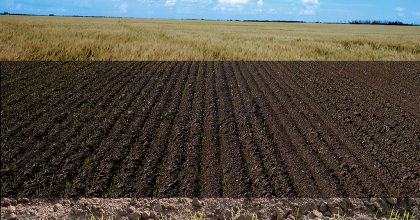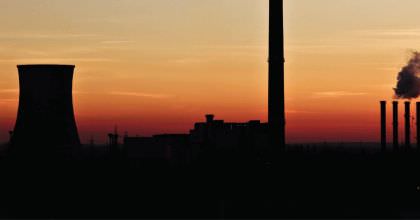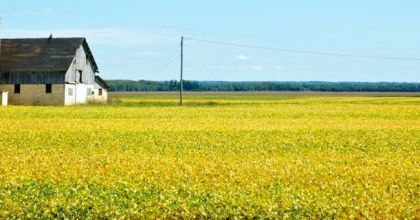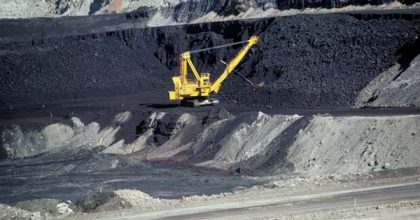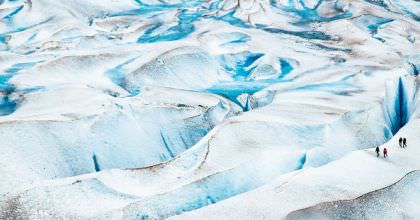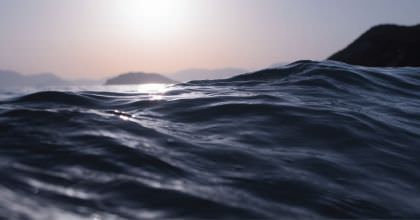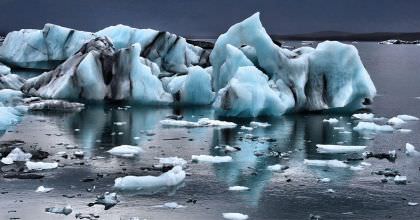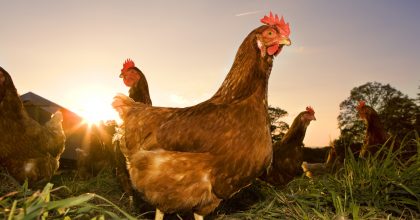Which Way for Nuclear Energy?
Last updated: February 27, 2017 The United States generates about one fifth of its electricity from nuclear power, making it the country’s largest zero-emissions energy source. The national rate of nuclear power consumption has remained relatively constant since around 1990. …



